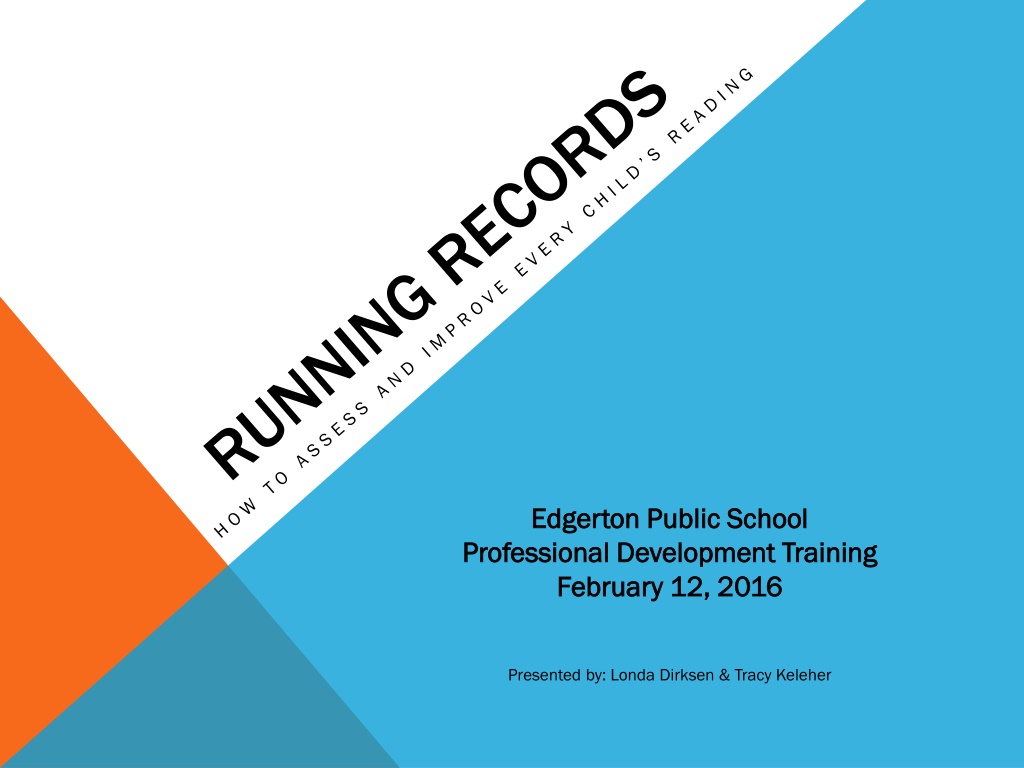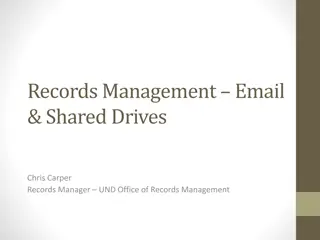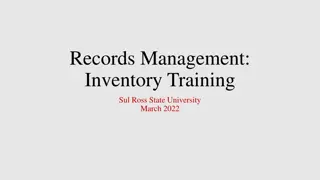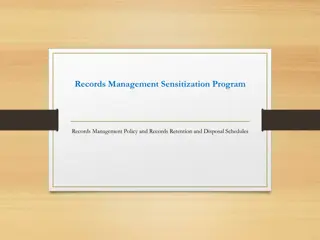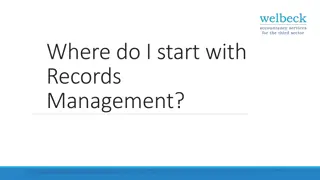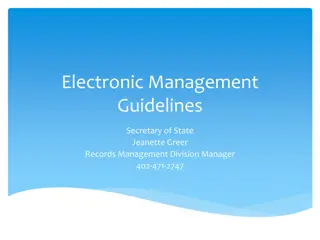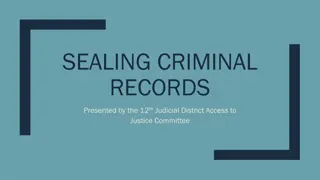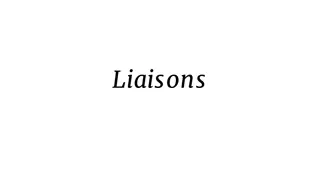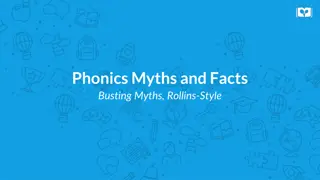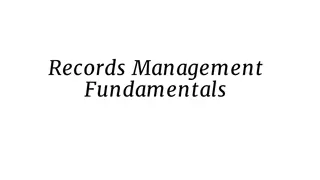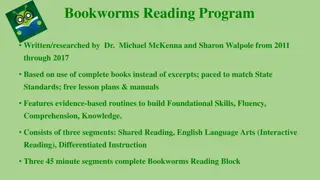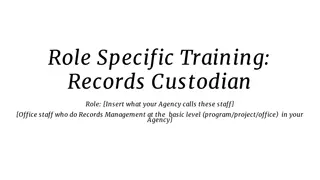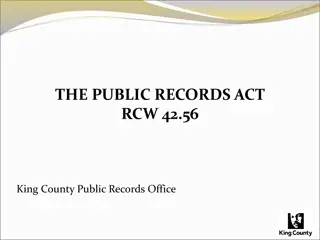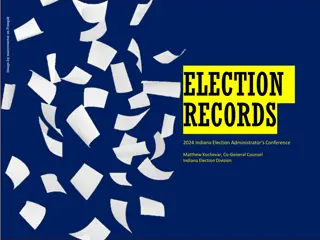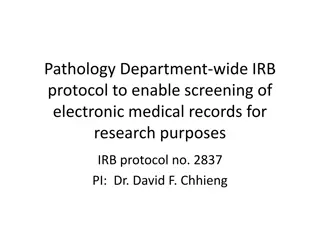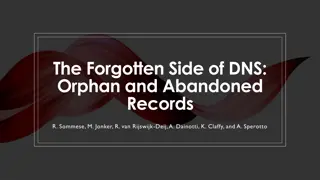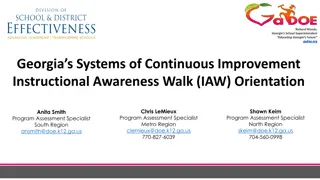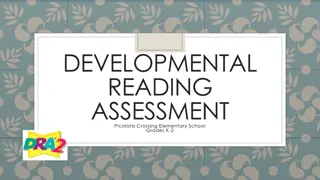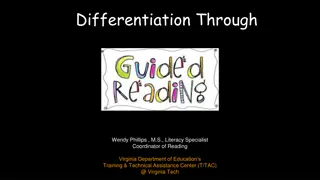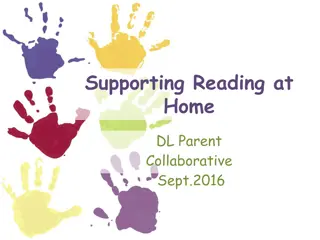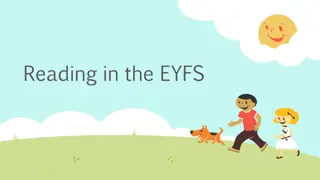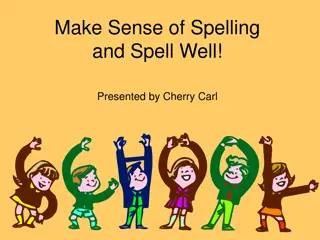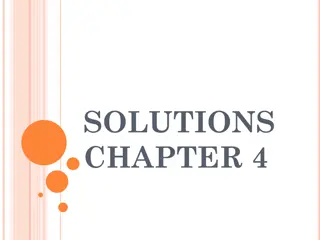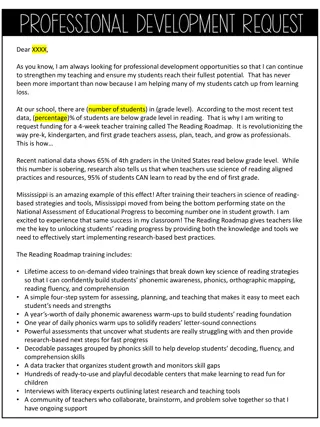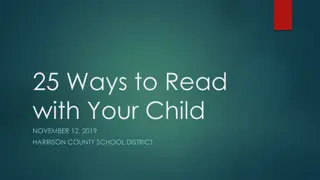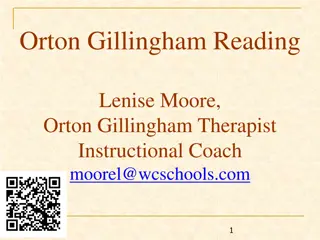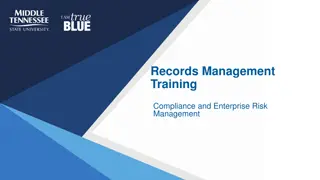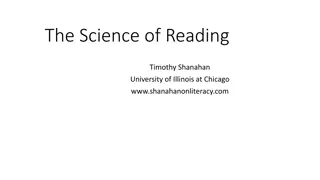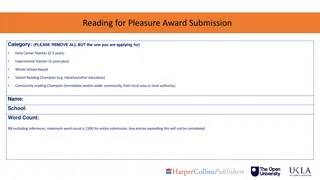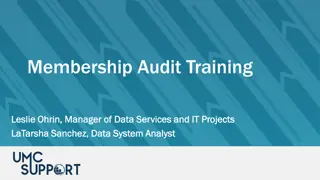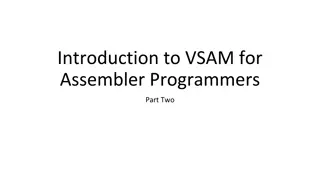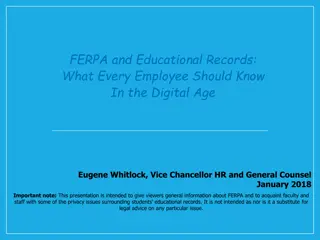Understanding Running Records for Effective Reading Instruction
Learn about the purpose and benefits of running records in guiding reading instruction through systematic observation of student errors and progress. Discover how to record, score, and analyze running records to provide individualized strategy instruction and evaluate text difficulty.
- Reading instruction
- Running records
- Student assessment
- Strategy instruction
- Professional development
Download Presentation

Please find below an Image/Link to download the presentation.
The content on the website is provided AS IS for your information and personal use only. It may not be sold, licensed, or shared on other websites without obtaining consent from the author. Download presentation by click this link. If you encounter any issues during the download, it is possible that the publisher has removed the file from their server.
E N D
Presentation Transcript
Edgerton Public School Edgerton Public School Professional Development Training Professional Development Training February 12, 2016 February 12, 2016 Presented by: Londa Dirksen & Tracy Keleher
The running record was developed by Dr. Marie Clay as a neutral observation tool to allow teachers to make systematic and useful observations of their students reading in order to maximize the impact of their guided reading lessons. Therefore in this module, we will explain and provide brief opportunities to practice administering, scoring, and analyzing running records. Dr. Marie Clay 1974
THE RUNNING RECORD The Running Record is a record of errors, or miscues, that The Running Record is a record of errors, or miscues, that readers make as they are reading. readers make as they are reading. Why do we use Running Records? Why do we use Running Records? To guide instruction To guide instruction To group together children with similar needs To group together children with similar needs To monitor progress of the reader To monitor progress of the reader To provide To provide immediate immediate individualized strategy instruction individualized strategy instruction To observe particular difficulties in particular children To observe particular difficulties in particular children To evaluate text difficulty To evaluate text difficulty If Running Records are taken in a systematic way they provide evidence of how well children are learning to direct their knowledge of letters, sounds or words. ~Marie Clay
HOW TO DO RUNNING RECORDS Part 1: Recording a Running Record Part 1: Recording a Running Record Part 2: Scoring Running Records Part 2: Scoring Running Records Part 3: Analyzing Running Records Part 3: Analyzing Running Records
RUNNING RECORDS CALCULATOR If you re math-impaired or just want to save time you can use this calculator to find the error ratio, accuracy rate, and self-correction ratio for a running record. http://www.learnnc.org/lp/pages/982 http://www.learnnc.org/lp/pages/982
I TOOK A RUNNING RECORDNOW WHAT? Ask your self: What strategy do we need to focus on based on the child s miscues? 1. First, tell the student what s/he did well as a reader. I liked how you .Good readers use that strategy! 2. Discuss with the student what you noticed that s/he needs to work on. For example: I noticed on this page you said fir for fire . Did that make sense? Let s try Flipping the vowel sound from short to long. 3. Let s see an example of this strategy in action: Flip the Sound 4. Have the student try the strategy and practice it. Next, show the student the strategy on the CAF menu. Here is an example of a CAF menu. 5. Then, write the strategy on a sticky note or give the student a book mark with the strategy on it. This will be a reminder for the student to use as s/he reads. The student can even make tally marks to see how often s/he uses the strategy. 6. Remind the student that there will be a follow up on the strategy at the next conference. Record observation and notes on the coaching form (picture on next page). 7. After you meet with the child ask yourself: Is this text level appropriate for this student? What strategies do I need to focus on in my guided reading groups and/or whole group instruction?
WEVE GOT YOU COVERED It gets easier to take and learn from running records the more you do them! Opportunities for practice will be offered. As procedures become second-nature, you can focus on what you are learning from the observations. The CSI Team is available to answer questions, alleviate concerns, or just to collaborate! Progress always involves risks. You can t steal second base and keep your foot on first. ~Frederick B. Wilcox
RUNNING RECORD COACHING FORM Once you are accustomed to Once you are accustomed to taking Running Records taking Running Records Use this form to: Use this form to: Record Book Title Mark student miscues Record what the student did well Record the students new reading goal Record notes or strategies for future guidance
RESOURCES & SUGGESTED READINGS Short Readings Resource Notes Fountas, Irene C., and Gay Su Pinnell. 1996. Guided Reading: Good First Teaching for All Children. Portsmouth, NH: Heinemann. See Chapter 7 for helpful, short overview of using running records. Johnson, Pat. 2006. One Child at a Time: Making the Most of Your Time with Struggling Readers K-6. Portland, ME: Stenhouse. See Chapter 8. Pages 155 -164 would make an excellent short reading for new users of running records. Fried, Mary. 2013 (Spring). Activating Teaching: Using Running Records to Inform Teaching Decision. Journal of Reading Recovery, 5-16. Excellent article for more advanced users of running records. Comprehensive Instructions for Learning to Take and Use Running Records Clay, Marie M. 2006. Observation Survey of Early Literacy Achievement. Portsmouth, NH: Heinemann Clay, Marie M. 2000. Running Records for Classroom Teachers. Portsmouth, NH: Heinemann Johnston, Peter. 2000. Running Records: A Self-Tutoring Guide. Portland, ME: Stenhouse Reading Recovery Council of North America. 2010. Sensitive Observation of Reading Behavior: Running Record Professional Learning Package (3- part DVDs). RRCNA Introduction to Instructional Decision Making. Retrieved from http://readingrecovery.clemson.edu/index.php/reading/formative-assessment#Part_1 Running Records Calculator. Retrieved from http://www.learnnc.org/lp/pages/982
